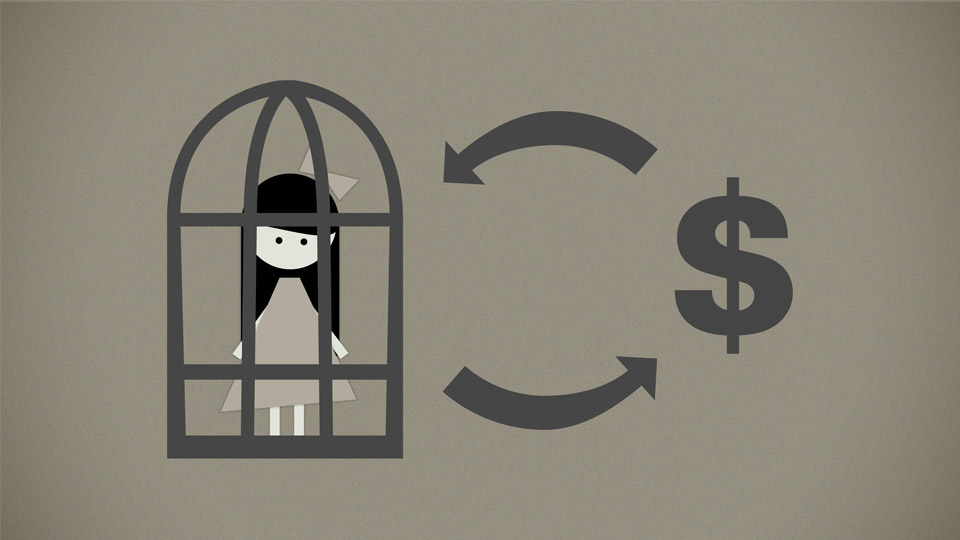Human Trafficking
Hub: Cagayan de Oro
Cagayan de Oro is the economic center of Northern Mindanao. Due to the existing infrastructure – including a local harbor, an international airport and a good road network – the city has also evolved into the central hub of human trafficking. Cagayan de Oro connects the land routes of the traffickers in the north (Surigao City, Butuan City) with those in the northwest (Dapitan City, Zamboanga City). The harbor and the airport also connect Cebu City and Manila, as trafficking destinations, to Cagayan de Oro. While most of the cities that serve as hubs for the criminal network in Northern Mindanao are set up for domestic human trafficking, Zamboanga – due to its geographical proximity – also serves as a trafficking gateway to Malaysia. According to a study by ECPAT and Terre des Homme, Cagayan de Oro is not only a transit zone, but also a recruiting and destination city for victims of the trafficking rings. The Philippines police force also views Cagayan as a hotbed of cyberprostitution using children. The criminal networks are far-reaching. In rural areas, they work by exploiting and instrumentalizing children, who in turn recruit other children. Especially in the conflict areas further south on the island, human traffickers mercilessly exploit the precarious situation of the rural population. Difficult safety conditions, the ignorance of the population and poverty render it easy for traffickers to victimize credulous parents and children. The recruited girls are usually from very poor families, from rural regions or from the poorer outskirts of cities, where the parents’ wages are not enough to cover the basic needs – often the families are entirely without income.
In addition, frequently the family structures have been disrupted, with neglect, domestic violence, and alcohol or drug abuse. These factors, in combination with dropping out of school and lacking information about the dangers of human trafficking, make the girls vulnerable and susceptible to the false promises of the intermediaries. These intermediaries hint at guarantees of well-paid work; for the girls, this would mean a way to get out of poverty quickly. Most of the time, once a fee (referred to by the intermediaries as an “advance on wages”) has been paid to the girl’s family, any misgivings that the family might have had quickly disappear. For the intermediaries as well the job in human trafficking seems lucrative: despite their lack of education, they can quickly achieve a certain level of wealth. They ease their conscience by telling themselves that they are somehow helping the girls to financially support the families they left behind. The reality, however, is much different: they are sending the girls into a hell on earth.



